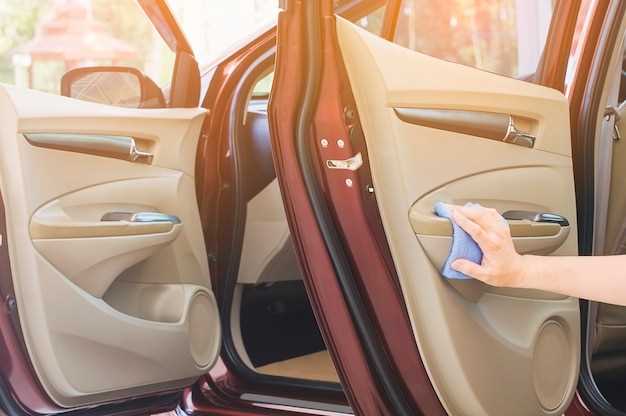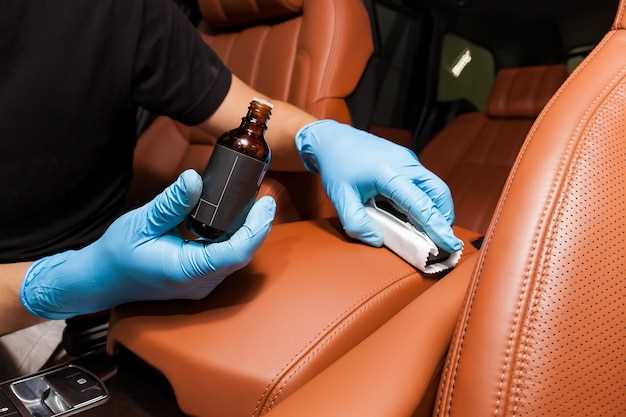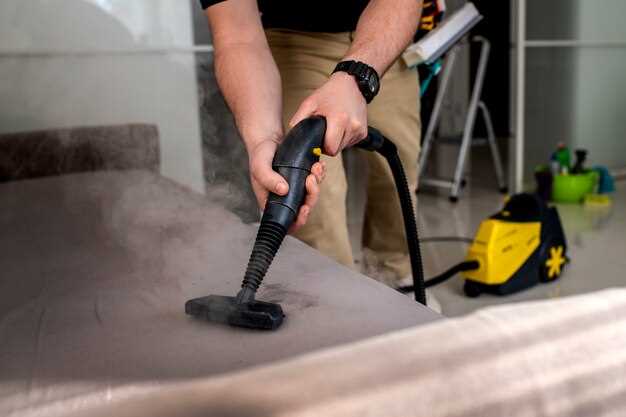
Cleaning stains from car seats can often seem like a daunting task, especially when dealing with fabric upholstery. However, with the right techniques and tools, you can restore your car’s interior to its former glory without professional help. Understanding the type of stain and the material of the seat is crucial for effective cleaning.
Fabric car seats, in particular, have unique cleaning requirements due to their textured surfaces that can trap dirt and stains. From spilled drinks to muddy footprints, each type of stain will require a specific approach to ensure thorough removal without damaging the seat. Knowing how to tackle these stains not only helps in maintaining the aesthetic of your vehicle but also promotes a healthier environment for all passengers.
This article will guide you through simple yet effective methods to clean and refresh your car seats, focusing on common stains and providing practical tips. By the end, you’ll feel equipped to handle any cleaning challenge your seat may present, ensuring a clean and inviting driving experience.
Choosing the Right Cleaning Products for Fabric Seats

When it comes to maintaining the cleanliness of your car’s interior, selecting suitable cleaning products for fabric seats is essential. Different fabrics have varying properties, which requires specific approaches to cleaning. Using the right cleaning solutions ensures that the seats remain in good condition while effectively removing dirt and stains.
1. Understand the Fabric Type
Before choosing a cleaning product, identify the type of fabric used in your car seats. Some commonly used materials include nylon, polyester, and cotton blends. Each fabric reacts differently to cleaning products, so understanding the material can guide you in selecting the appropriate solution.
2. Look for pH-Balanced Cleaners
Opt for pH-balanced cleaning solutions, as they are gentle on fabric and effective against stains without causing damage. Harsh chemicals can degrade the fibers and lead to fading or other long-term damage.
3. Choose Stain-Specific Cleaners
Many cleaning products are formulated to tackle specific types of stains such as grease, coffee, or ink. When selecting a product, consider the type of stain you need to address and choose a cleaner designed for that purpose. This targeted approach increases the chances of successful stain removal without harm to the fabric.
4. Test First
Always perform a spot test on an inconspicuous area of the fabric before applying the cleaner to the entire seat. This step helps ensure that the product will not cause discoloration or damage to the fabric, allowing you to proceed with confidence.
5. Eco-Friendly Options
Consider using eco-friendly cleaning products that are biodegradable and free from harsh chemicals. These products are safer for your health and the environment, making them a responsible choice for cleaning your car’s fabric seats.
By taking the time to select the right cleaning products, you can keep your fabric seats looking fresh and clean while preserving their integrity and longevity.
Step-by-Step Guide to Removing Common Stains
Removing stains from car seats can seem daunting, but with the right approach, it can be achieved easily. Follow these steps for effective cleaning of various common stains.
1. Identify the Stain Type: Start by identifying the type of stain you are dealing with. Common stains include food, drink, grease, mud, and ink. Each type requires a slightly different cleaning method.
2. Gather Your Supplies: Before you begin, gather all necessary supplies. You will need a vacuum cleaner, soft cloths, a spray bottle, mild detergent or upholstery cleaner, and warm water. For tougher stains, consider stain-specific removers.
3. Vacuum the Area: Use a vacuum cleaner to remove any loose dirt and debris from the seat. This step prevents further abrasion during the cleaning process and enhances the effectiveness of the cleaning solution.
4. Prepare the Cleaning Solution: Mix a few drops of mild detergent with warm water in a spray bottle. If using a commercial cleaner, follow the manufacturer’s instructions for dilution.
5. Test on an Inconspicuous Area: Before applying the solution directly onto the stain, test it on a small, hidden area of the seat to ensure there is no discoloration or damage.
6. Apply the Solution: Spray the cleaning solution onto the stained area, ensuring it is sufficiently damp but not soaking wet. Allow it to sit for a few minutes to penetrate the stain.
7. Blot the Stain: Using a soft cloth, gently blot the stain, starting from the outer edges and working your way inwards. Avoid rubbing, as this can spread the stain further or damage the fabric.
8. Rinse and Repeat: Dampen another clean cloth with plain water and blot the area to remove any cleaning solution residue. If the stain persists, repeat steps 6 and 7 until it is removed.
9. Allow to Dry: Once the stain is removed, allow the seat to air dry completely. Avoid sitting on the seat until it is fully dry to prevent any new stains from forming.
10. Protect Your Seats: Consider applying a fabric protector post-cleaning to shield your seats from future stains and make cleaning easier.
By following this guide, you can effectively clean your car seats and keep them looking great for years to come.
Preventing Future Stains and Maintaining Seat Cleanliness

Keeping your car seats in pristine condition requires proactive measures to prevent stains and maintain overall cleanliness. Here are some effective strategies to achieve this:
- Use Seat Covers: Invest in high-quality seat covers made from fabric that is resistant to spills and stains. They can easily be removed and washed when necessary.
- Regular Vacuuming: Vacuum your seats regularly to remove dirt, crumbs, and debris. This prevents particles from becoming ingrained in the fabric.
- Immediate Spill Response: In the event of a spill, act quickly. Blot the area gently with a clean cloth to absorb the liquid before it has a chance to set.
In addition to these strategies, reinforcing good habits can significantly enhance seat cleanliness:
- Designate Food and Drink Areas: Limit eating and drinking in the car to specific areas, ideally with easy-to-clean surfaces.
- Regular Maintenance: Schedule periodic deep cleaning sessions for your fabric seats to maintain their appearance and prevent stains from becoming permanent.
- Protective Sprays: Consider applying a fabric protector to your seats. These sprays create a barrier against stains and spills, making cleaning easier.
By implementing these preventive measures, you will not only reduce the risk of future stains on your fabric seats but also enhance the overall longevity and aesthetic appeal of your car’s interior.



